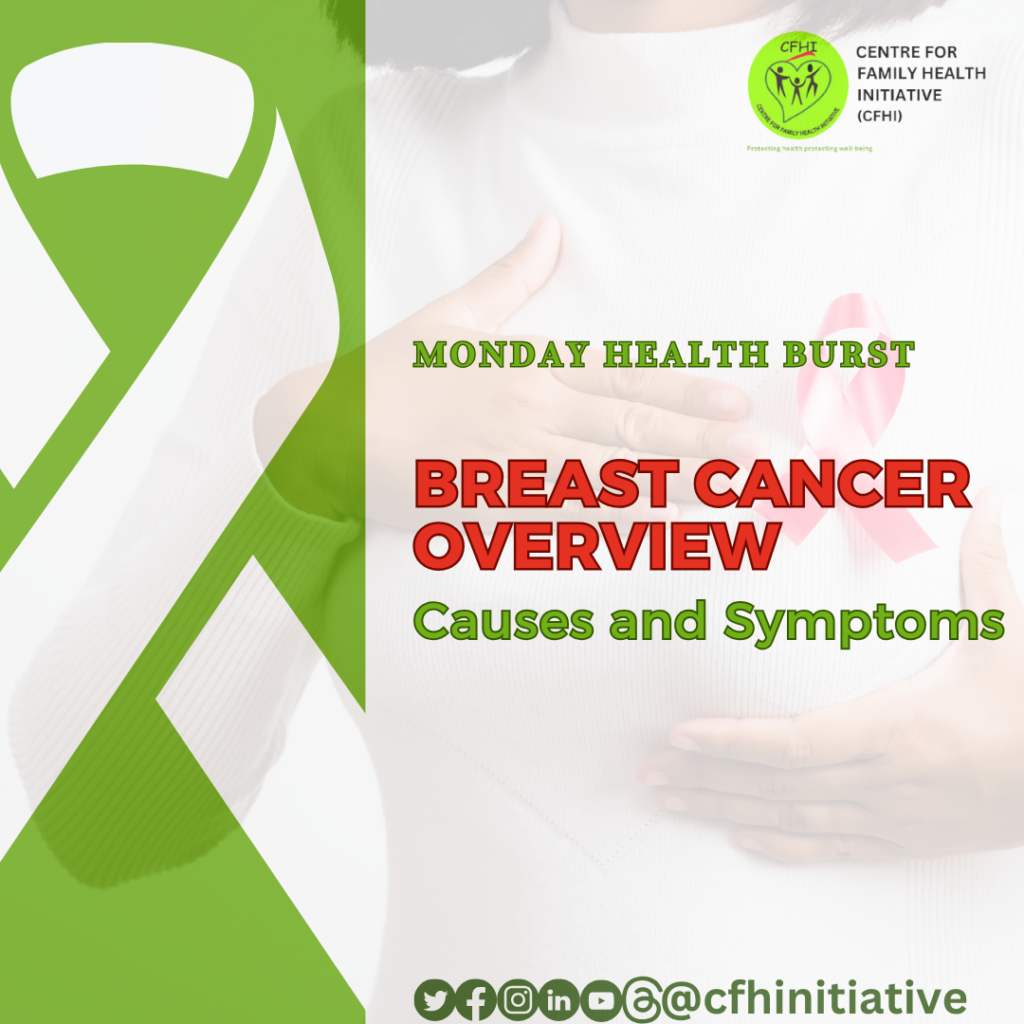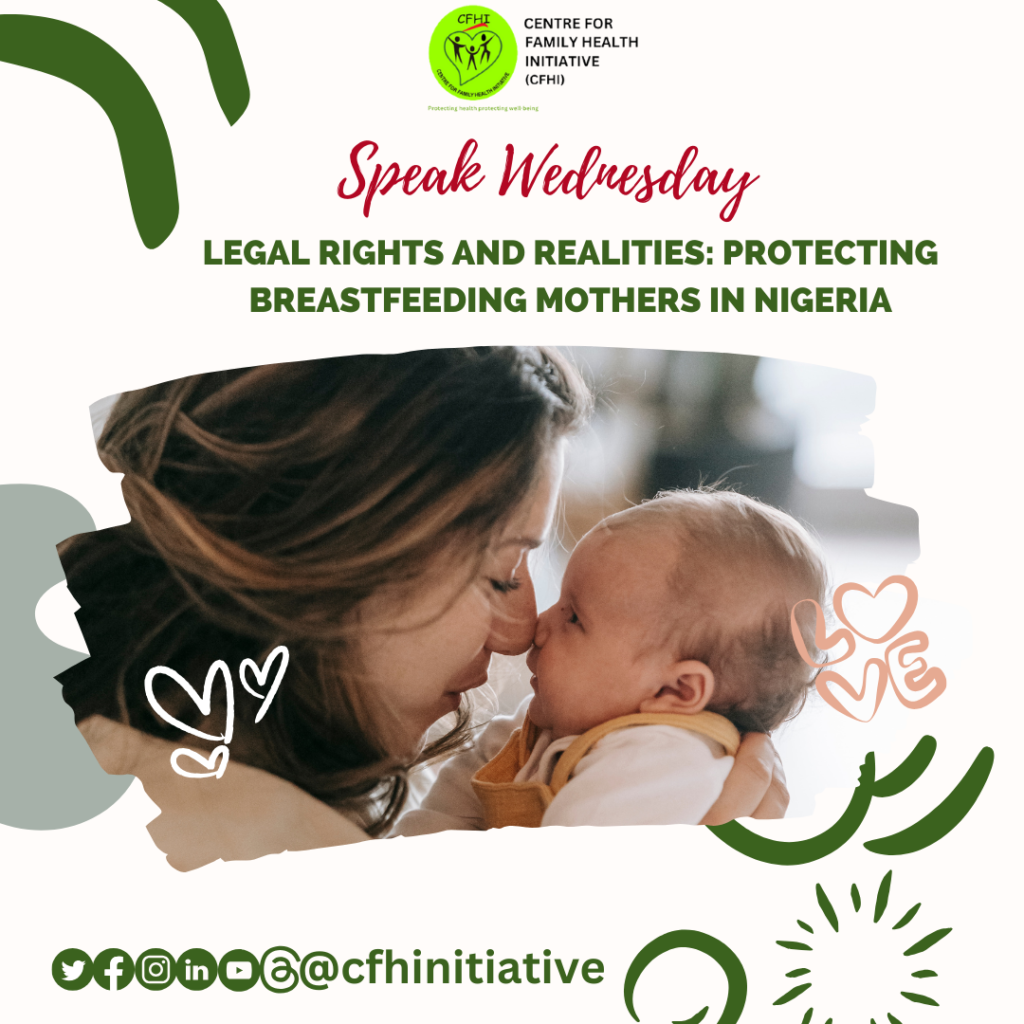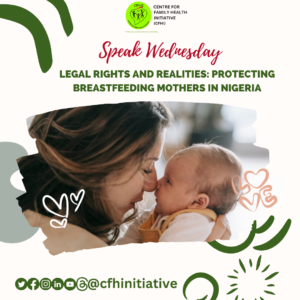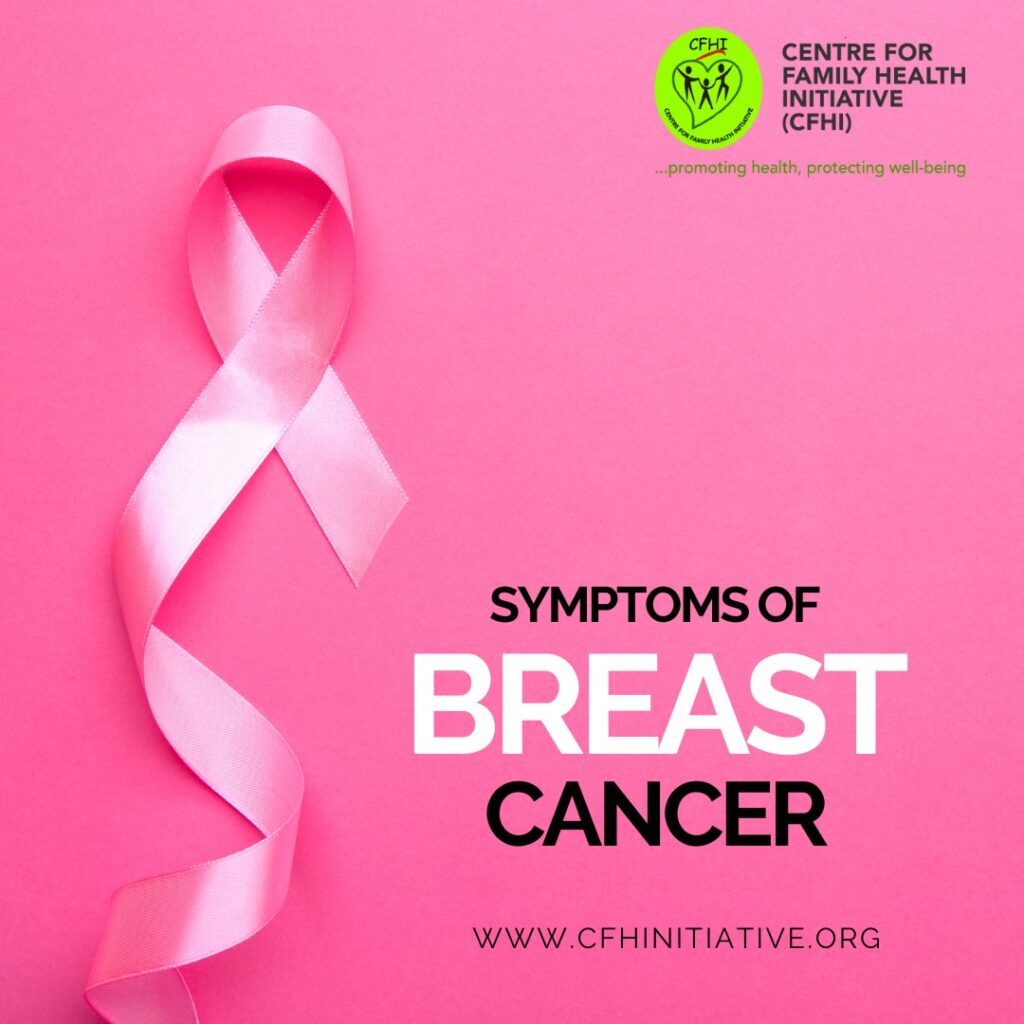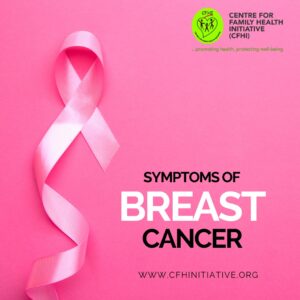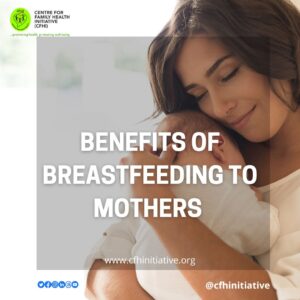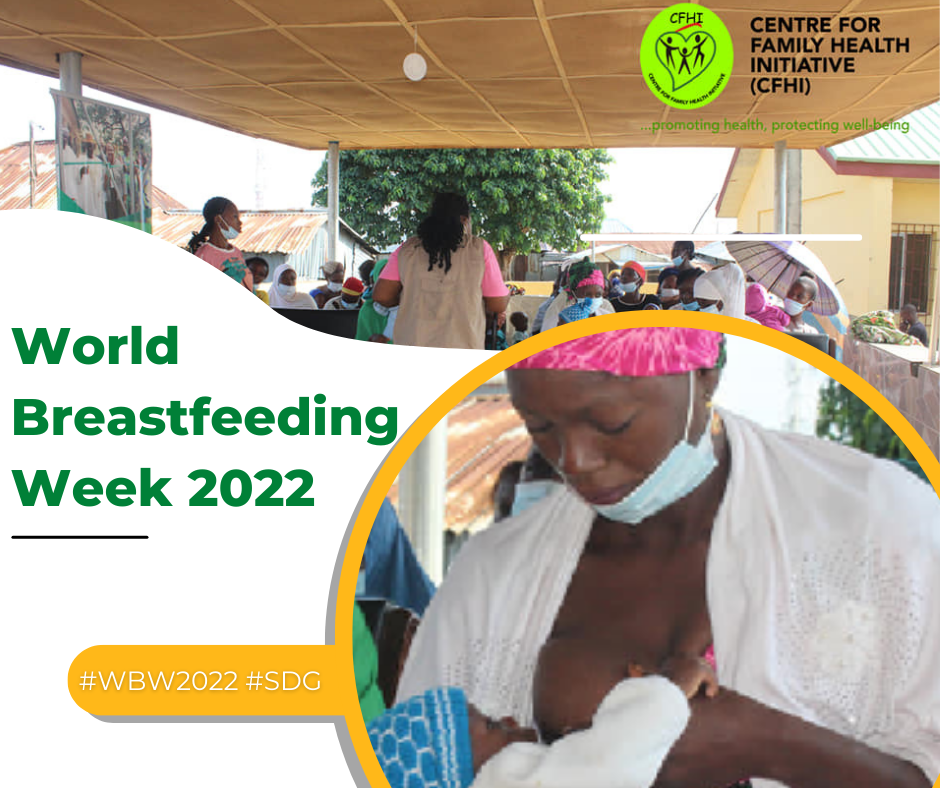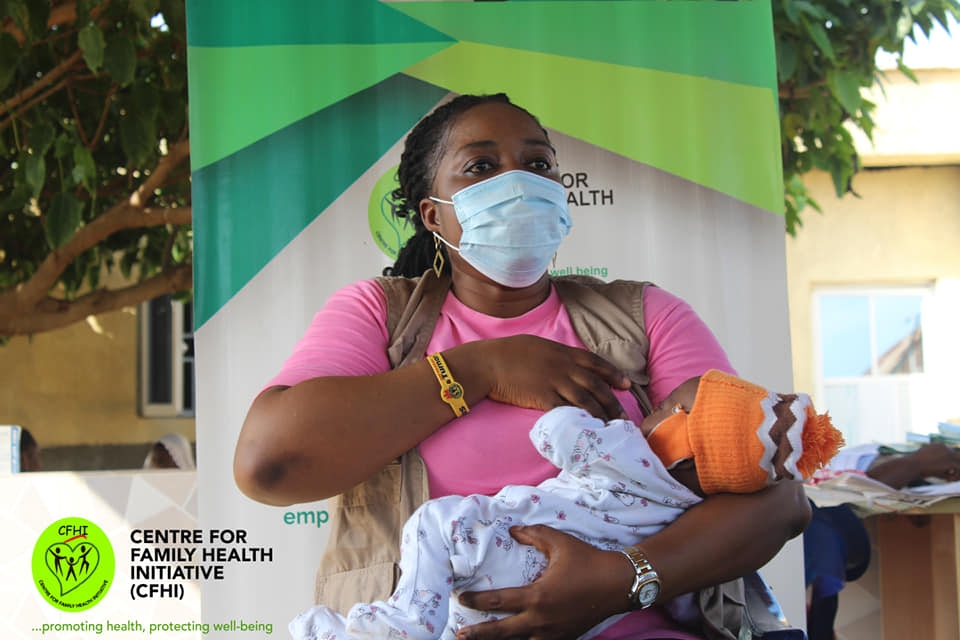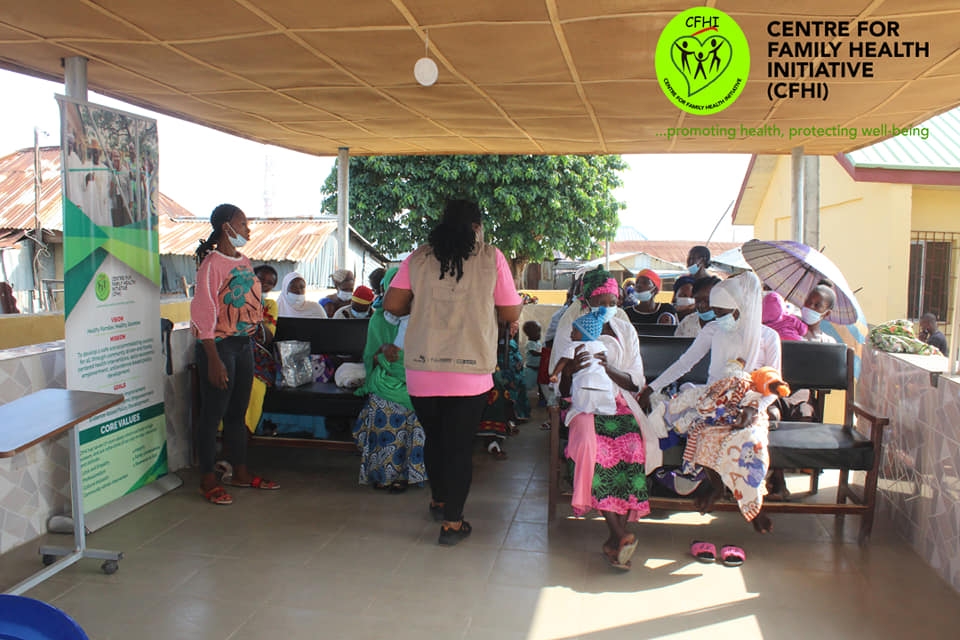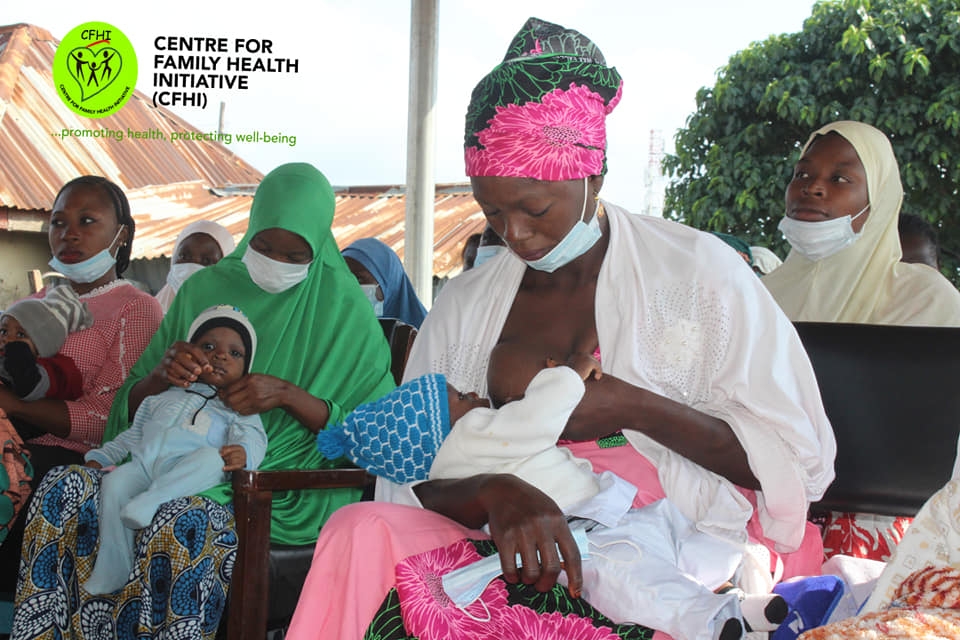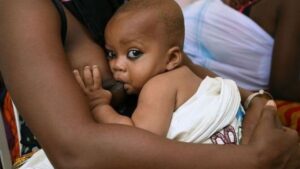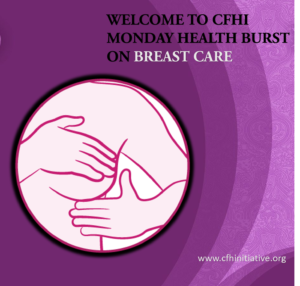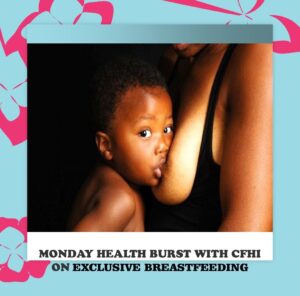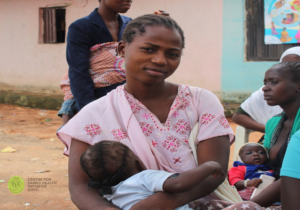MONDAY HEALTH BURST ON BREAST CANCER OVERVIEW-CAUSES AND SYMPTOMS
Breast cancer is one of the most common cancers affecting women worldwide, with significant impact on health, families, and communities.1
Breast cancer occurs when cells in the breast tissue begin to grow uncontrollably, forming a tumor that can be felt as a lump or detected through imaging. While most breast cancers are invasive, meaning they have spread from the original ducts or lobules into surrounding breast tissue, there are also non-invasive types that remain confined to the ducts or lobules.
Causes and Risk Factors
The exact cause of breast cancer is not fully understood, but several risk factors have been identified. Approximately 5-10% of breast cancers are linked to inherited gene mutations, such as BRCA1 and BRCA2. Women with these mutations have a significantly higher risk of developing breast cancer.2 Also, prolonged exposure to estrogen and progesterone, whether through early menstruation, late menopause, or hormone replacement therapy, can increase the risk of breast cancer. Additional risk factors are:
Age: The risk of breast cancer increases with age, with most cases diagnosed in women over 50.
Family History: Women with a close relative (mother, sister, daughter) who has had breast cancer are at higher risk.
Lifestyle Factors: Smoking, alcohol consumption, obesity, and lack of physical activity are modifiable risk factors that can contribute to breast cancer development.
Radiation Exposure: Women who have been exposed to radiation, particularly to the chest area, have an increased risk of breast cancer.
Early detection of breast cancer significantly improves the chances of successful treatment. However, symptoms can vary widely, and some women may not experience any noticeable symptoms at all. Common signs to watch for include:
Lump in the Breast or Underarm: A persistent lump or thickening in the breast or underarm area is often the first sign of breast cancer. Not all lumps are cancerous, but they should be evaluated by a healthcare professional.
Changes in Breast Shape or Size: Any unexplained change in the shape, size, or appearance of the breast should be taken seriously.
Nipple Changes: This includes inversion (pulling inward of the nipple), discharge (other than breast milk), or unusual scaling or redness.
Skin Changes: Dimpling, puckering, or redness of the skin over the breast, as well as any changes in texture, can be symptoms of breast cancer.
Breast Pain: While breast pain is more commonly associated with benign conditions, persistent or unexplained pain should be investigated.
Awareness of the causes and symptoms of breast cancer is key to early detection and successful treatment. Regular self-examinations, clinical breast exams, and mammograms are essential tools for catching breast cancer early. If you notice any changes in your breast, it is important to consult with a healthcare provider promptly. Understanding your risk factors and leading a healthy lifestyle can also help reduce the risk of developing breast cancer.
References
- https://www.wcrf.org/cancer-trends/breast-cancer-statistics/
- https://www.cancer.org/cancer/types/breast-cancer/risk-and-prevention/breast-cancer-risk-factors-you-cannot-change.html
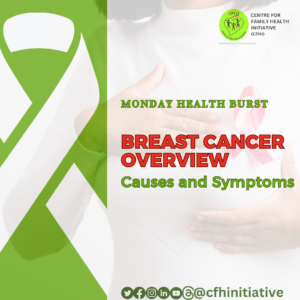
MONDAY HEALTH BURST ON BREAST CANCER OVERVIEW-CAUSES AND SYMPTOMS Read More »

